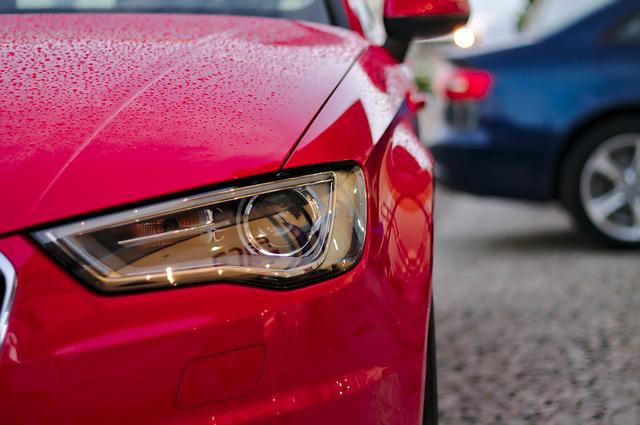The Beginner's Guide to Daytime Running Lights (DRLs)
19th Aug 2022

Daytime running lights (DRLs) are a common feature on many modern-day vehicles. They aren't legally required in the United States. While the U.S. government requires all vehicles to have headlights, it doesn't require them to have DRLs. While optional, though, DRLs have become increasingly popular. Many automakers now include them on their vehicles.
What Are DRLs?
DRLs are secondary, low-power headlights that are designed for use during the day. Like regular headlights, they come in pairs, and they are located at the front of the vehicles within their headlight housings. But DRLs aren't designed to help drivers see the road at night. DRLs are designed to make the vehicles with which they are used easier for other drivers to see during the day.
With the DRLs running, other drivers will be able to easily see your vehicle during the day. The DRLs will emit light that catches the attention of other drivers. One study found that DRLs reduce the risk of multi-vehicle accidents during the day by 5% to 10%.
How DRLs Work
If your vehicle has DRLs, they will typically work automatically. Most DRLs are synchronized with the vehicle's regular headlights. They run automatically when the vehicle's headlights are turned off, and they stop running when the vehicle's headlights are turned on.
You don't have to worry about turning on DRLs. If your vehicle is equipped with DRLs, they should work automatically. They will run when your headlights are turned off, and they will stop running when your headlights are turned on.
Common Problems With DRLs
DRLs can burn out just regular headlights. They consist of bulbs that will eventually burn out. Most DRL bulbs will last for one to three years, at which point they must be replaced. If you discover that your vehicle has one or more burned-out DRLs, you can replace them by opening the headlight housings. Just take out the old DRL bulbs and replace them with new DRL bulbs of the same type.
If your vehicle's DRLs aren't turning on when the headlights are off, you may need to replace the DRL module. DRL modules are devices that control the DRLs. A faulty DRL module may prevent your vehicle's DRLs from turning on. Alternatively, it may prevent them from turning off. DRL modules are relatively inexpensive, and depending on your vehicle, you may be able to replace the DRL module yourself.

